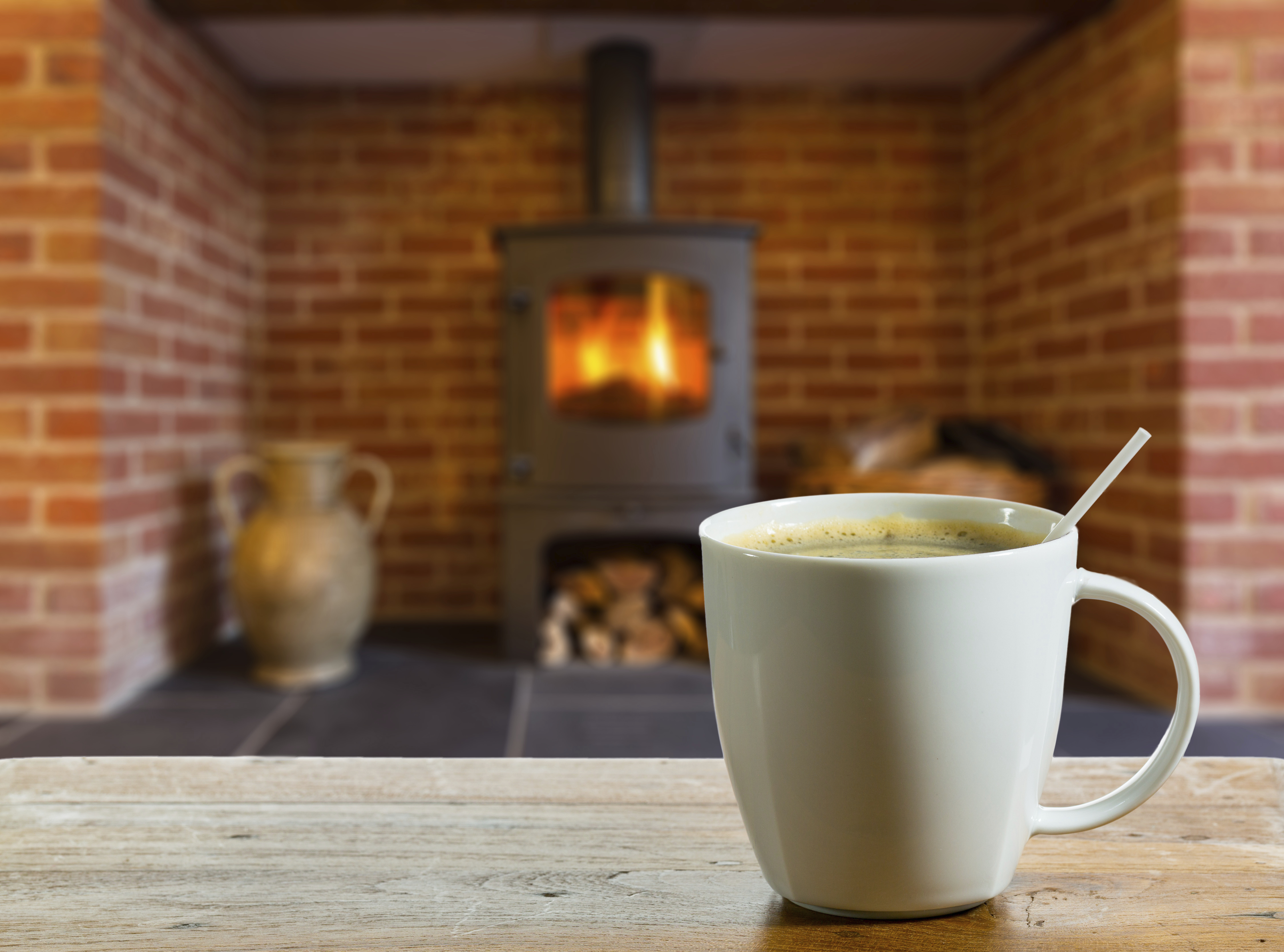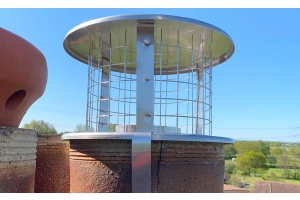
In these tumultuous times marked by numerous global crises, wood-burning stoves have emerged as a lifeline for many families struggling with fuel poverty. It is imperative to counteract the misrepresentation of data in certain media outlets that unfairly castigate this essential heat source.
Acknowledging the potential improvements that could result from phasing out open fires and outdated wood-burning stoves is crucial. However, it is equally important to delve into the data, which unveils the significant role of modern, highly efficient stoves in mitigating PM2.5 emissions.
According to the Clean Air Strategy by the UK's Department for Environment, Food & Rural Affairs (Defra), domestic combustion was reported to account for 38% of fine particulate matter. This estimate, however, was based on a 2015 government survey that overestimated wood consumption in stoves and fireplaces across the UK.
Contrastingly, a more extensive and independently verified 2019 survey of over 10,000 individuals revealed that the actual figure was less than one-third of the government's estimate, reducing the domestic combustion percentage to just 13%. This oversight also neglects the fact that new Ecodesign stoves emit 66% fewer emissions compared to Defra's estimations.
Furthermore, the category of domestic combustion encompasses a wide range of sources, including bonfires, garden incinerators, outdoor pizza ovens, and even wildfires, thereby making the contribution of wood-burning stoves relatively minor.
Indoor Environment
PM2.5, or fine particulate matter, consists of minuscule particles or droplets present in the air, which can pose health risks when inhaled in substantial quantities. According to the World Health Organization (WHO), the safe daily average limit for PM2.5 in the environment is set at ≤ 10 µg/m³. To provide context, the air quality in Central London typically hovers between 18-25 µg/m³.
A 2019 study conducted in the United States, featured in the Journal of Exposure Science & Environmental Epidemiology, analyzed 137 households and found that the daily PM2.5 levels in homes ranged from 6-7 µg/m³, with those using wood stoves registering slightly higher at 6-8 µg/m³. This minimal discrepancy falls well within the WHO's safe levels.
This finding aligns with the understanding that properly functioning wood stoves efficiently direct air, smoke, and particulates out of indoor spaces and up chimneys. Nevertheless, adherence to best practices for wood stove operation remains essential to achieving these low levels.
Outdoor Considerations
Data manipulation has often skewed perceptions and fueled biased arguments. For instance, comparing emission rates between wood stoves and heavy goods vehicles (HGVs) has generated undue concern. Assertions that a wood-burning stove is more detrimental than 750 HGVs, while attention-grabbing, are highly misleading.
A closer examination reveals that such comparisons fail to account for small particle emissions resulting from HGV brake and engine wear. In reality, a single Euro 6 HGV, let alone 750 of them, generates 13 times more PM2.5 emissions than an Ecodesign wood-burning stove over a week of real-world use. Furthermore, HGV emissions occur at ground level, closer to human breathing zones, whereas wood smoke is safely dispersed higher up through chimney flues.
The Stove Industry Alliance (SIA) aptly points out that these claims rely on simplistic calculations using permitted emission rates, neglecting real-world usage and non-exhaust emissions. Moreover, the data suffers from unreferenced assumptions and a lack of independent peer review.
Diverse Wood-Burning Practices
A common oversight is the failure to distinguish between modern efficient stoves and other forms of domestic wood burning, including open fires and outdoor bonfires, which tend to be more polluting. High-quality ClearSkies-rated stoves, properly installed and serviced, burning adequately seasoned wood fuel, can reduce emissions by up to 90% compared to open fires and up to 80% compared to decade-old stoves.
Additionally, responsibly sourcing logs from well-managed woodlands can support sustainable practices that coexist harmoniously with forests, benefiting wildlife and the long-term health of our woodlands.
In the UK government's 2020 emissions data, it was revealed that domestic indoor burning, encompassing open fires and old stoves, accounted for 17% of PM2.5 emissions. More crucially, modern Ecodesign-compliant wood-burning stoves contributed a mere 1-2% to overall emissions.
In his latest report, Chief Medical Advisor Chris Whitty recognizes this disparity, emphasizing the substantial differences between various open fire and stove designs, appliance age, maintenance, and wood moisture content.
Hence, for a pragmatic and impactful reduction of PM2.5 levels, targeting the larger proportion from open fires and old stoves, alongside promoting the adoption of modern Ecodesign ClearSkies-rated wood-burning stoves and educating users about proper fuel usage, emerges as a more viable approach.








